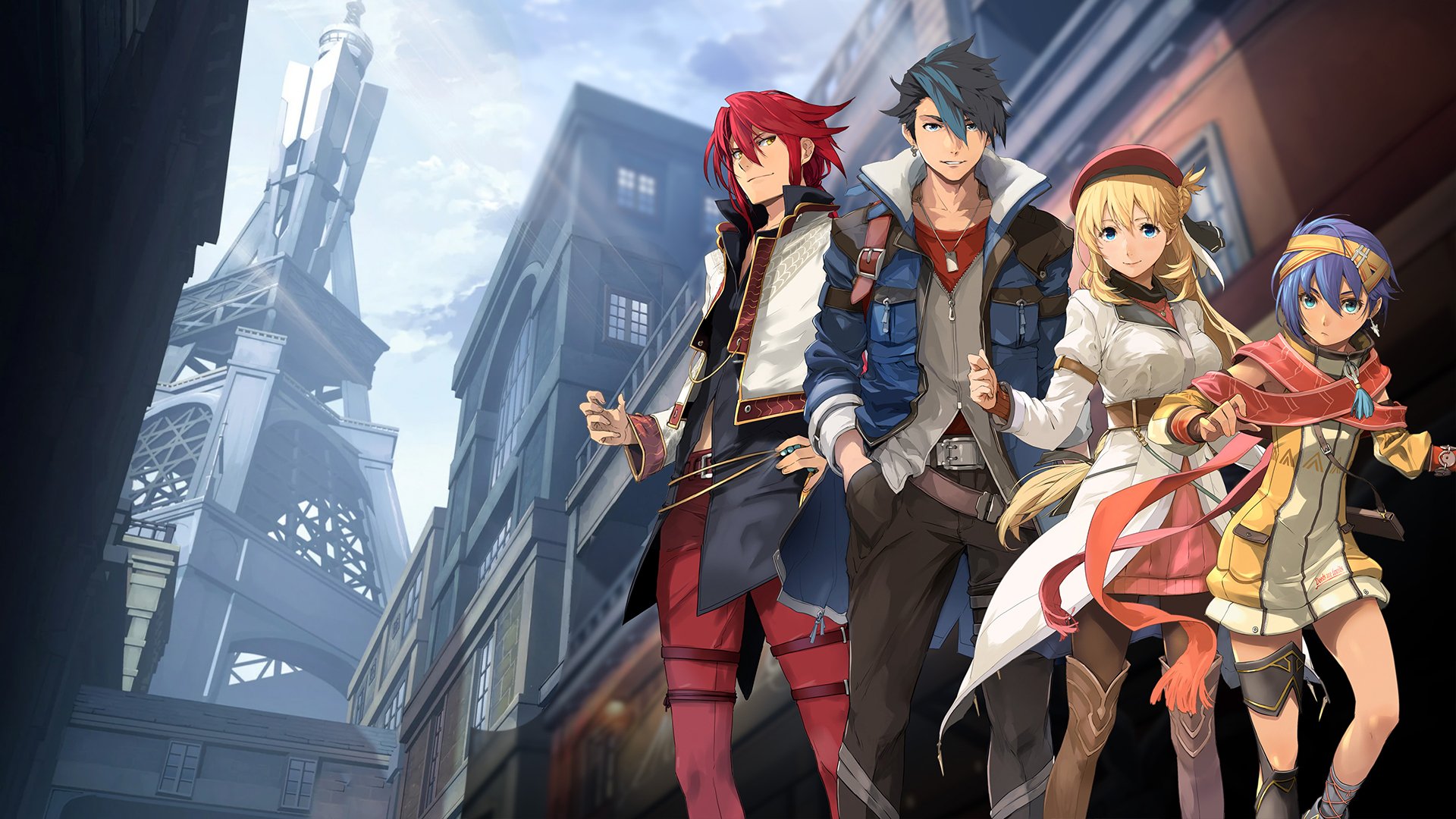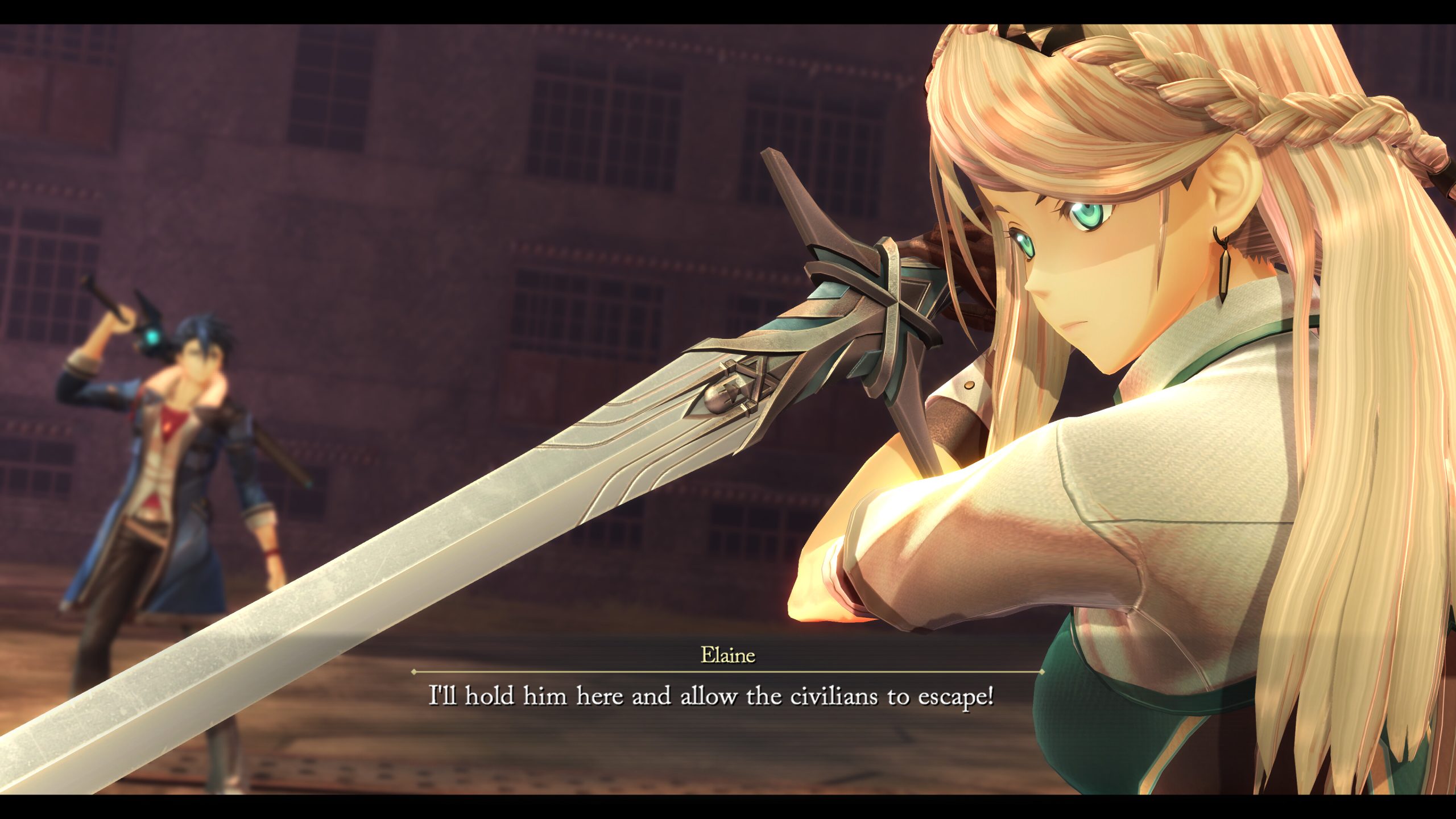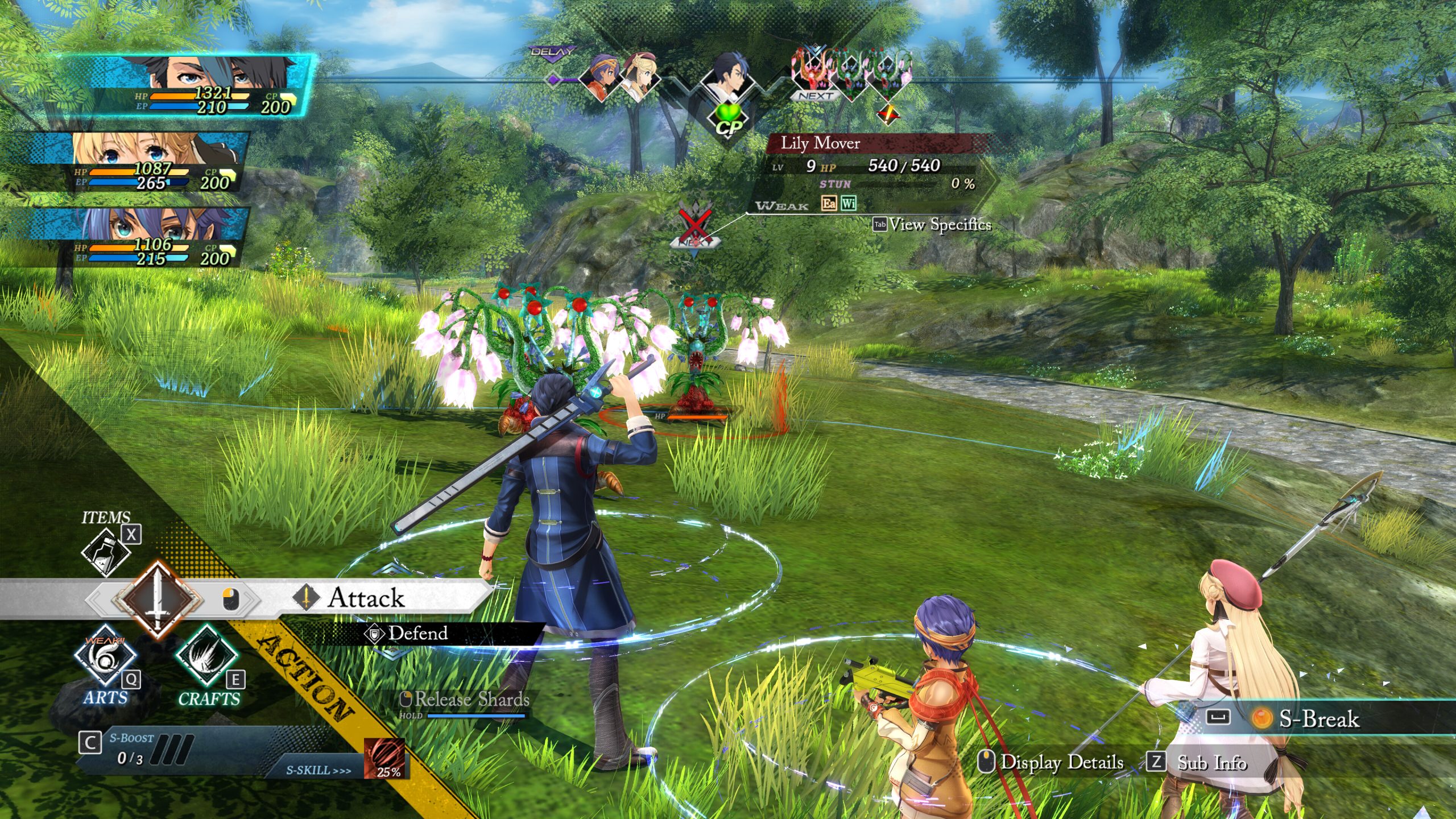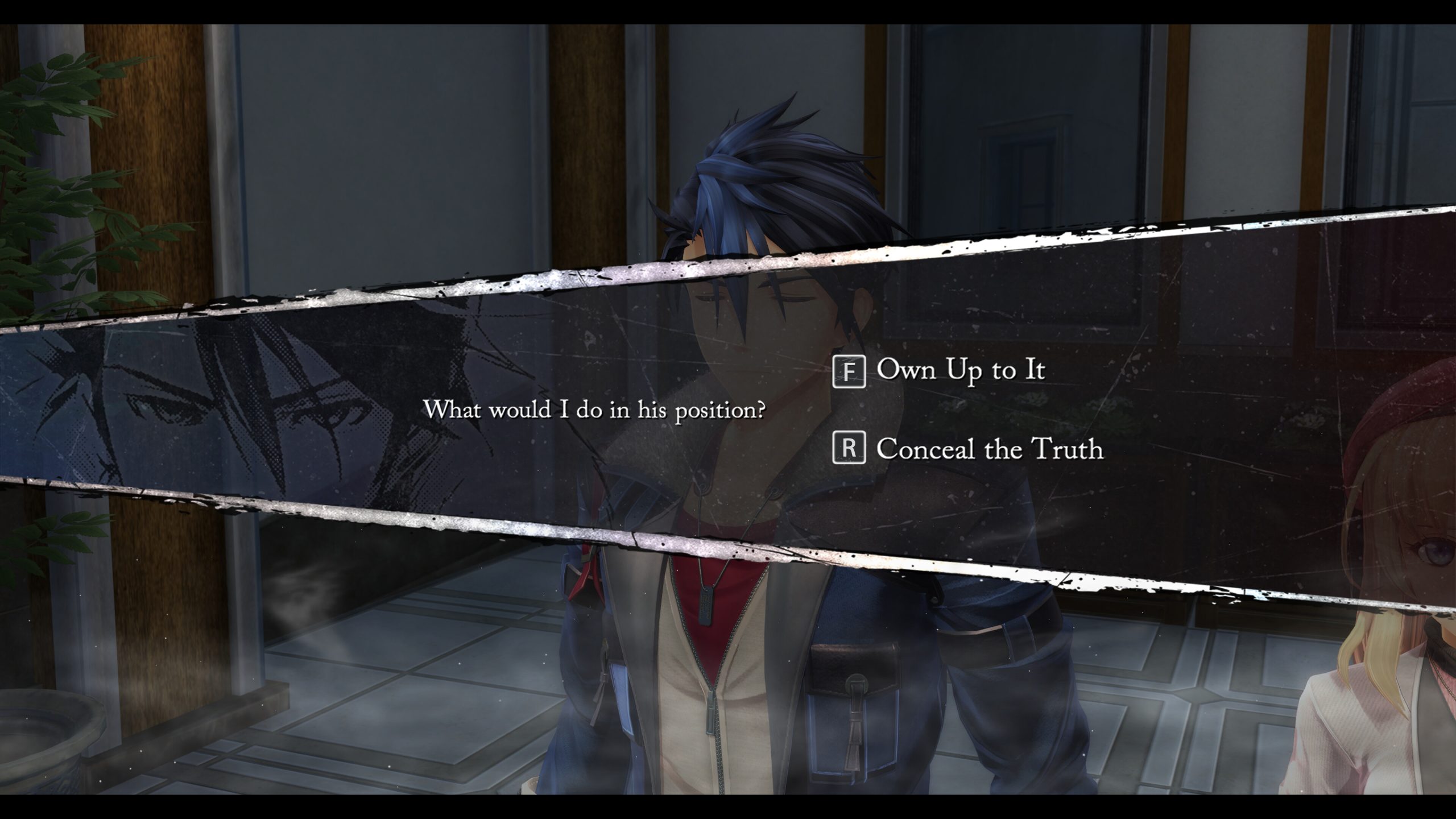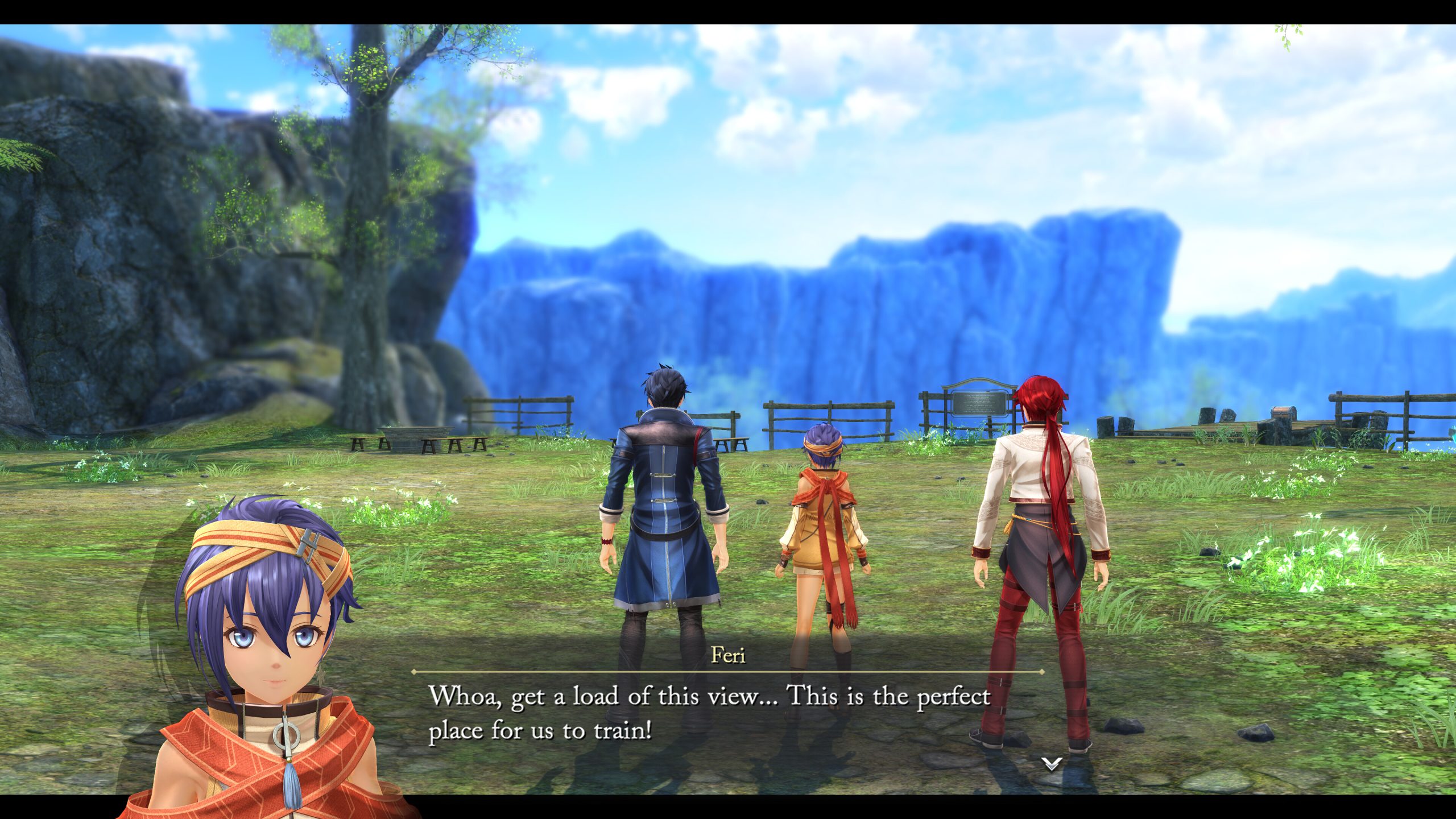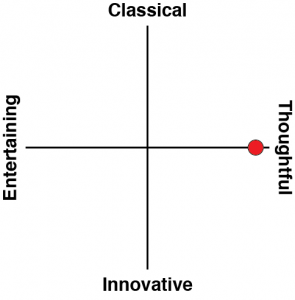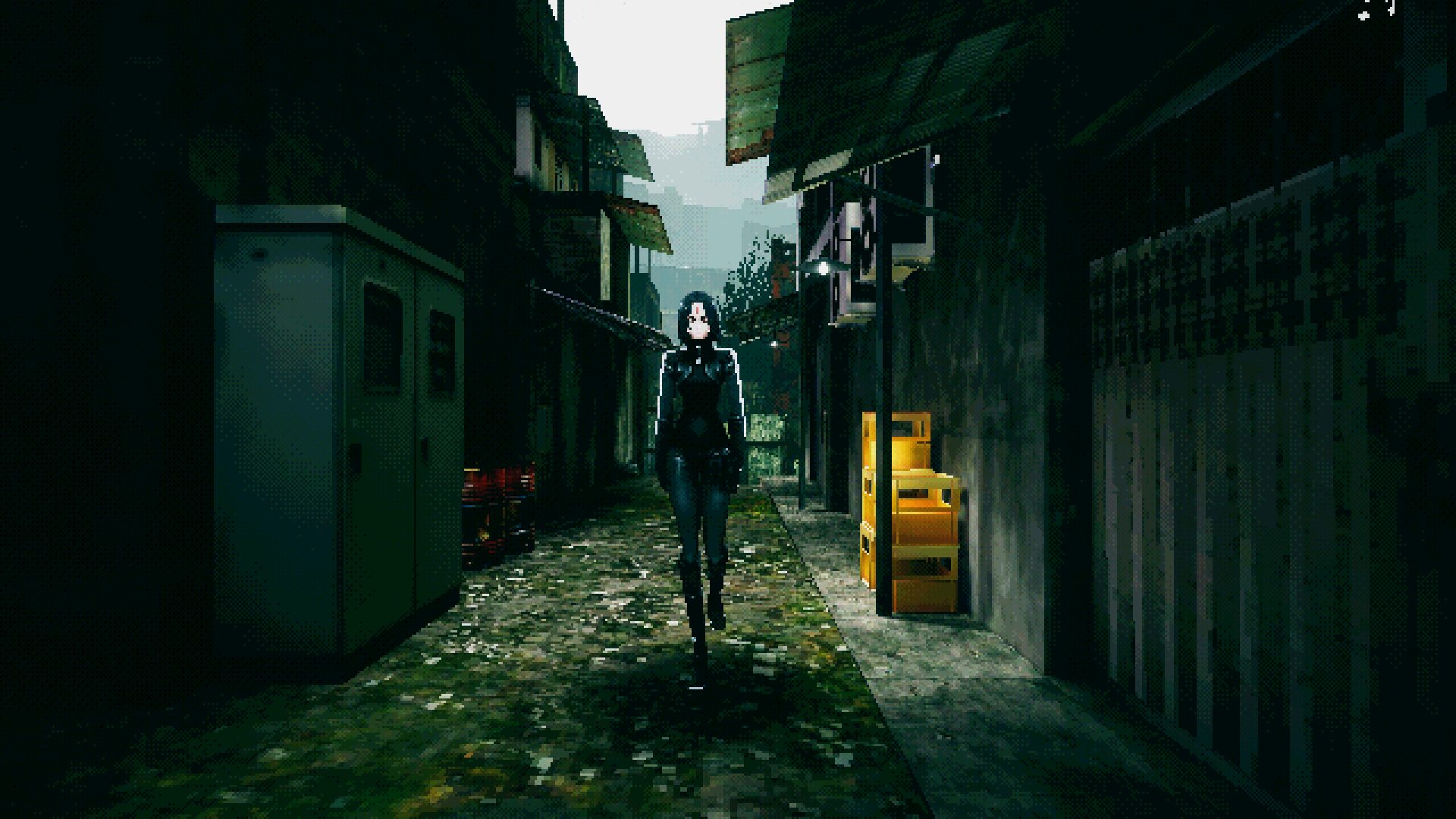The Legend of Heroes series turns 35 this year, and with 21 titles in it, it is inarguably the most ambitious and largest-scope JRPG property in existence. Unlike Final Fantasy or Dragon Quest, The Legend of Heroes is constant, with every game taking place in the same universe, sharing a history, characters, cities and situations. With most of these games also being incredibly long and rich in terms of both narrative and the many social and political upheavals that they depict, it is the closest that the video game industry has to a true fantasy epic of the scope of the likes of Tolkien, Feist, Jordan and Martin. The fact that each new title in the series builds on what came before can make it overwhelming for newcomers, but the good news is that this newest one, Trails Through Daybreak, is a good entry point for anyone wondering what the fuss is. While you’ll benefit from having previous titles, the story is almost perfectly self-contained and so, after playing through it, you can then go back to earlier ones and build your knowledge from there.
Related reading: Our review of The Legend of Heroes Trails into Reverie.
It’s easy to overlook the value of what a project like this achieves, in comparison to a more traditional structure of “one-off” titles or a series of sequels. The Legend Of Heroes, across its 21 (and counting) chapters, closely mimics the approach taken in historical novels, particularly the likes of Romance of the Three Kingdoms. Obviously, Nihon Falcom’s project is pure fantasy, but by setting different games and narrative arcs in different parts of the same world and overall timeline, it allows the writers to explore key events and situations from different perspectives. A nation that is the enemy in one game (or even one part of one game) might be different in the eyes of a different set of characters in the next, and that subjectivity to events and characters gives us different things to think about as we play these games.
This approach can only work when there’s a central setting and timeline, and then a whole bunch of different stories taking place within that, being driven by a large number of characters with different perspectives – exactly what occurs in something like Romance of the Three Kingdoms. Jerome De Groot’s book The Historical Novel (The New Critical Idiom), in describing the appeal of the historical novel, also underscores the reason why the Legend Of Heroes is such a compelling project for its unique structural quality:
“To use Alessandro Manzoni’s metaphor, the historical novelist is required to give ‘not just the bare bones of history, but something richer, more complete. In a way you want him to put the flesh back on the skeleton that is history’.” Legend Of Heroes isn’t a real history, but it’s structured in the same way that someone would want to go about depicting a real history across many perspectives, and so as a thought exercise we can look at it in much the same way.
Trails Through Daybreak is the first in a new arc, new perspective, and new thought experiment. It takes place in a part of the Heroes world that has only been touched on previously: The Republic of Calvard. The core thematic concept that it keeps returning to is the relationship between order and chaos in the many forms that those forces take. It starts with just two characters: Van – a “problem solver” or “spriggan” who is typically called in to deal with the seedier side of society and get things done in a way the authorities can’t really indulge. He meets Agnes, a schoolgirl who is looking to retrieve something precious to her, and as it turns out, that thing draws them into contact with the local mafia.
As you can probably imagine, things spiral out from there, but in typical Legend of Heroes style, they do so very, very slowly, with deliberate pacing designed to fully immerse you in the world before challenging you to really consider the implications of what is going on around your characters. At the six-hour mark I still only had the two characters in my party and I was undertaking totally mundane “quests” that were designed to get me thinking about the moral questions that the broader plot was going to eventually hit me with. For example, I was asked to track down a man who had stolen money, only to discover that he did so because a con man had tricked him into thinking that he had broken the con man’s camera and now owed him a replacement. How do you respond to that, and what do you do with both the thief and the con man? Depending on your actions, a little graph will pop up telling you where your alignment on the order/chaos spectrum was shifting, and you know immediately that this graph is going to have some profound implications for the overall narrative (which at this point you still have no inclination about).
The scope of the game goes far (far) beyond that minor anecdote, but everything that you do in Trails Through Daybreak has been carefully structured around its themes and political and social philosophy. Eventually (and I do mean eventually) the party grows beyond Van and Agnes, with both new characters and returning faces, but for those who aren’t familiar with the previous games, their roles are self-contained and well-written for the newcomer. Moving on, 20 or 30 hours in and the truly epic nature of the plot and the implications of the quest that has brought all these characters together becomes clearer, and the revelations and layers keep on coming right through to the end.
Like other Legend of Heroes games, Trails Through Daybreak also looks far brighter than its themes typically canvas. Van and his crew are immersed in the darker side of society, and this means they encounter racism, human trafficking, murder, sadistic villains and more. The full scope of human depravity shows up at one point or another through the narrative, but as with the other Legend of Heroes titles, it’s also handled with sincerity and maturity. While tackling those dark themes, at the same time the game’s writers fully understand the value of levity, and you’ll also come across plenty of quirky characters or find idiosyncrasies within the main characters that help to connect you to them and see them as more than tools for pushing the narrative forward. Van himself loves sweets, for example. It’s might seem like a silly bit of characterisation at first, but as the narrative pushes on, that “silly” anecdote really helps to ground the character and make you care about how he’s responding to events.
Ultimately, you’re looking at playing for at least 70 hours to get through Trails Through Daybreak. You might be able to speed run it a little faster than that, but there are a lot of “side quests” and interactions between characters that are less than optional if you want anywhere near a full picture of the narrative. Do everything and it’s another of the Legends of Heroes 100+ hour mammoths. I can’t say much more about the plot without diving into spoiler territory, but as I’ve often said with this series, it is consistently one of the rare examples of something of this length that has the narrative complexity to justify the length. Even Persona 5 isn’t justified as a 100+ hour game in my view. But this series generally is, and Daybreak continues that tradition.
Moving beyond the narrative, I personally believe that the combat and mechanics of the Legend of Heroes is superfluous to the actual point of these games, which is that narrative. Consequently, fighting stuff just isn’t as enjoyable as in games where the combat is central to the experience, such as in Final Fantasy, Shin Megami Tensei, Fire Emblem or Pokemon. For some reason, the Trails Through Daybreak team thought that the best step forward would be to have two combat systems, which often feels like wasted energy, but on the plus side, it’s still enjoyable enough that it never got in the way of my interest of pushing to the next plot point.
Turn-based combat doesn’t do much to break new ground compared to what we saw through the Cold Steel arc and other recent Legend of Heroes titles. There are the standard attacks and magic abilities, as well as “special attacks,” group attacks, and room-clearing spectacles best saved for bosses. There is some busywork involved in managing characters and all these systems, but ultimately it results in a tactical experience that will make you sweat just enough with the harder fights without dragging the game into a dull grind if you stay on top of everything.
What is new is the option to deal with some combat in real time. It goes without saying that this is a quicker way to breeze through some fights, but to be honest I spent as little time with this system as possible. Trails Through Daybreak’s action combat is clumsy and clunky compared to many (many) other action JRPGs, with a sluggish pace and terrible ally AI, meaning that you’re better off activating the turn-based combat for any but the weakest of enemies. Given that the turn-based combat is so refined and is comparable to the best of the genre, it does surprise me that the developers would undermine the overall impression of the combaTht with such a B-tier action combat system, but I guess it is a less arbitrary way of handling times where you’re fighting enemies that are vastly weaker than your party. Other JRPGs make the enemies run away or auto-kill them. Trails Through Daybreak lets you dispatch them with one or two button presses.
In terms of presentation, Trails Through Daybreak continues the excellent and distinctive aesthetic approach of the other recent Legend Of Heroes titles. The art is bright and the character design outlandish at times, and as I noted this does contrast with the darker themes the game explores, but it’s also very pleasant and cohesive on the eyes. Most importantly, it’s also cohesive to the previous Legend of Heroes titles, and while this might limit the developer’s ability to do some things with both the art style and engine, it’s much more important not to shatter the sense that Trails Through Daybreak is set in the same world as, say, Trails of Cold Steel, and the developers did achieve that just fine. As a side benefit of using a relatively humble engine, the Switch actually handles the Legend of Heroes engine nicely, too, so while this is a mammoth game, it’s one where you won’t need to invest in the PlayStation 5 version if you’d prefer to play it on the go (as I do).
Trails Through Daybreak is a new starting point for a new, epic arc (with the second chapter already out in Japan). By the end of it, I was not only invested in the new characters and contribution to the Legend Of Heroes history that was being created through their actions, but I wanted to go back and replay all the rest of the games in this series all over again. More than a single game, The Legend of Heroes is an expansive project, and it’s inspiring every time I get to play one.
